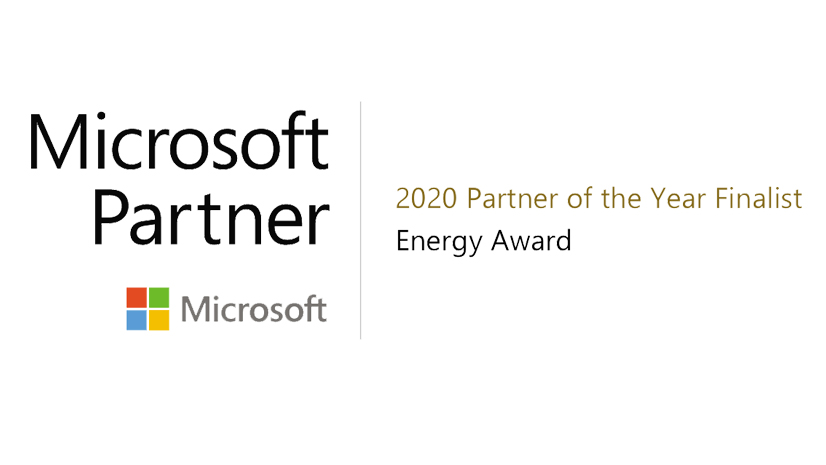At the Esri UC 2021 Pipeline Special Interest Group (SIG) session, there was a total of 395 unique users in attendance. If you were unable to attend this informative meeting, which had a distinguished lineup of keynote speakers in the pipeline industry, please read the synopsis below.
Opening
Jeff Allen welcomed participants and then, with Tom Coolidge, talked about pipeline industry trends being seen now. One is the continuing push to do more with less. A result of this is a move to modernize systems of record by consolidating multiple databases into one. ArcGIS is ideal for this consolidated system of record, especially with its services-based architecture and many capabilities – including industry-specific capabilities. A second trend is the increasing importance of moving data in as close to real time as possible between the office and the field. This trend now is taking advantage of the capability of ArcGIS Field Maps to support the full lifecycle of requirements. Imagery also is an increasing trend, with drones and other aerial systems offering new and improved imagery capture capabilities. A fourth trend is the growing focus on real-time operations. Esri’s ArcGIS Velocity and GeoEvent Server are two components of ArcGIS that support this trend. Finally, it was noted that ArcGIS Pipeline Referencing and ArcGIS Utility Network are underpinning all these pipeline industry trends, especially now that both can operate on the same geodatabase.

Tammy Hall (ONEOK) – Tammy talked about ONEOK’s project to modernize its system of record. ONEOK has three business segments, each of which had its own GIS implementation. This made it difficult for ONEOK’s GIS team to efficiently provide solutions across the organization. Through the modernization project, ONEOK combined all three legacy implementations into one new one using the PODS data model. Esri’s ArcGIS Pipeline Referencing and ArcGIS Utility Network were implemented in the new unified geodatabase. From this experience, Tammy recommends others considering a similar undertaking allow a good amount of time for architecture design and work closely with their IT infrastructure department and Esri.
Steven Brown (Iron Horse Midstream) – Steven talked about his project that implemented ArcGIS Survey123 and ArcGIS Dashboards to track cleaning pig activity across Iron Horse’s approximately 250 miles of pipeline and about 150 launchers and receivers. Emphasis in this project was placed on simplicity and ease of use, including use of QR codes in the data capture process. This aided adoption by mobile workers. In addition to improved productivity, a benefit of this implementation is improved environmental reporting as it enables better data about released gas every time a launcher or receiver door is opened. All data is stored on ArcGIS Online.
Evan Kostelka (Enable Midstream) and Ron Brush (New Century Software, part of the Mistras Group) – Evan and Ron talked about their collaboration in developing a corrosion analysis application driven by ILI data. In essence, the application overlays call box data from multiple ILI runs for comparison and analysis. This results in an understanding of corrosion growth rates that can be used for proactive maintenance planning. The application is implemented in ArcGIS Pro and uses charting, histograms, and other elements in addition to maps.

Jay Smith (SSP Innovations) – Jay talked SSP’s work to help pipeline operators understand how a phased approach to implementing ArcGIS Utility Network could be beneficial if they weren’t in a position to implement it completely all at one time. It was noted ArcGIS Utility Network underpins ArcGIS Pipeline Referencing and other Esri connected network capabilities. Mention was made of how ArcGIS Utility Network requires good data quality, and thereby helps those implementing it improve the cleanliness of their data.
Neal O’Driscoll (CHA Integrated Solutions) – Neal noted how small pipeline operators are subject to the same regulatory compliance requirements as are larger ones. To aid them in fulfilling those obligations, CHA has developed class, HCA, and risk capabilities that leverage UPDM in ArcGIS Pro. To speed and ease adoption, these can be provided as a service through an ArcGIS Online portal.
Closing
Jeff thanked everyone for their participation and encouraged attendees, if they hadn’t already, to view the presentations mentioned during this SIG session.

For more information, please email Jeff Allen at jeff_allen@esri.com or Tom Coolidge at tcoolidge@esri.com.



